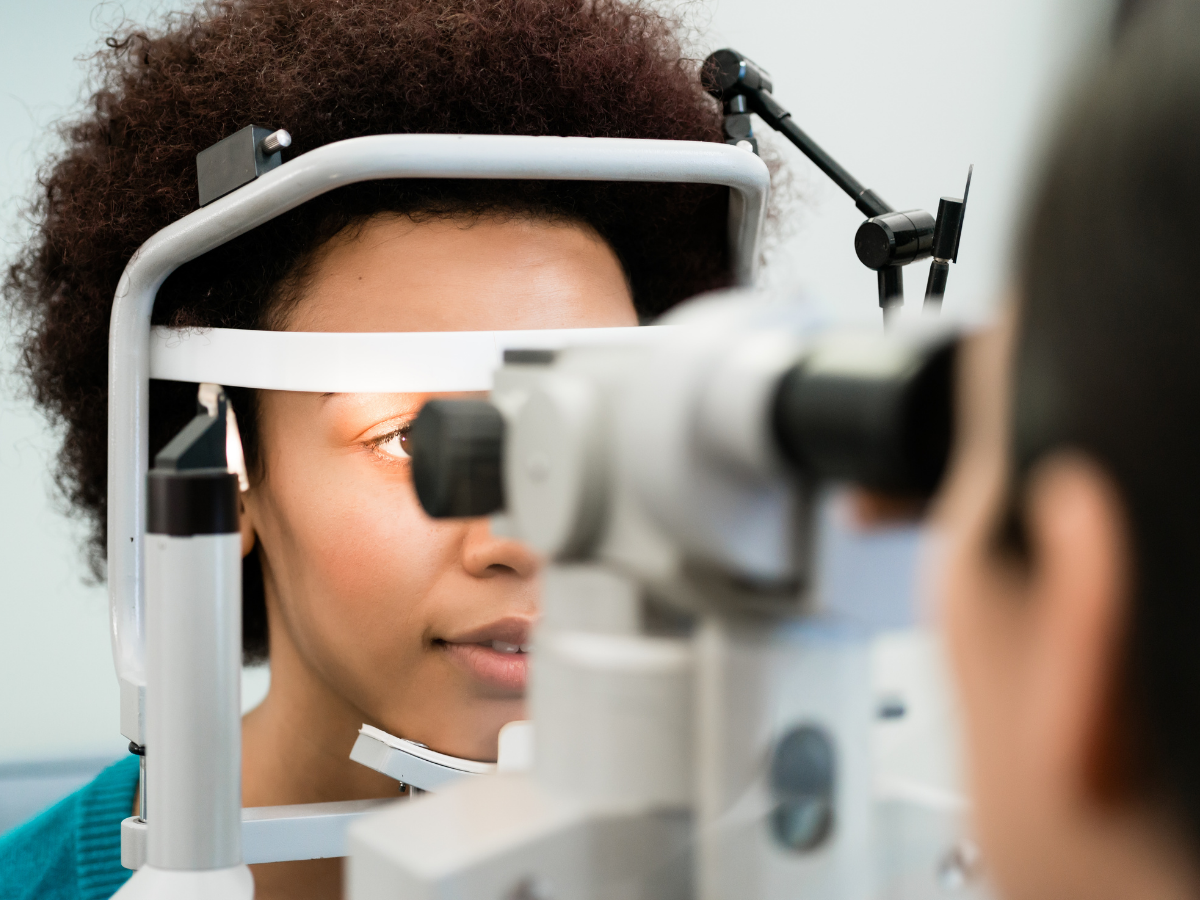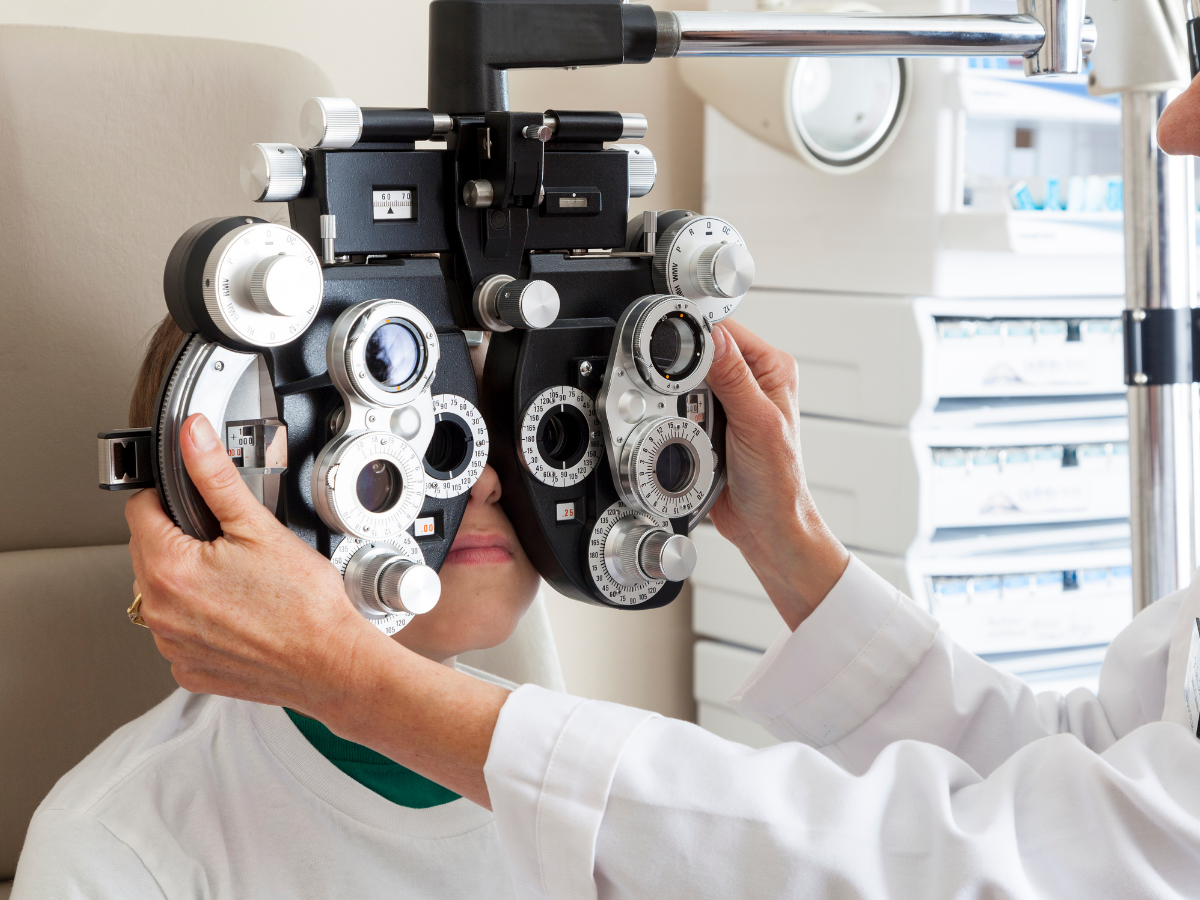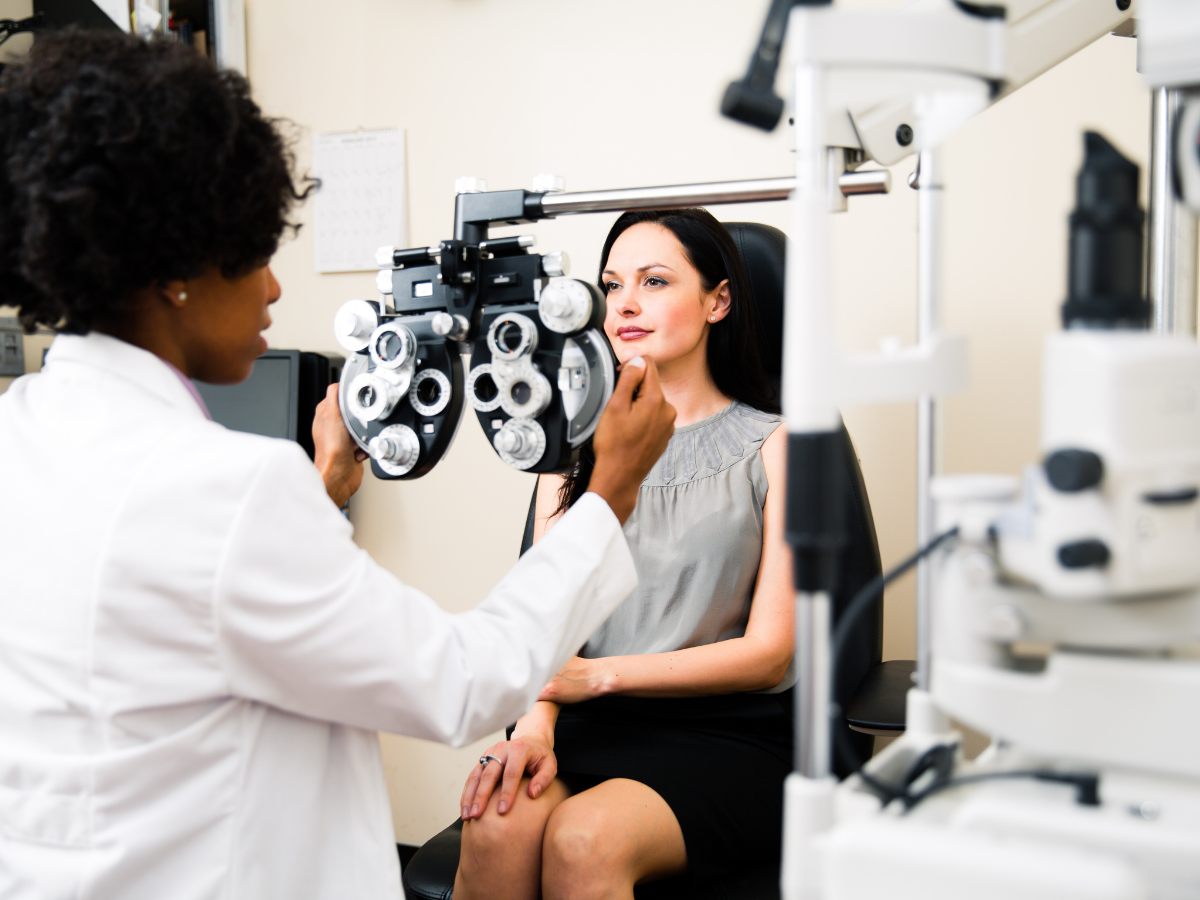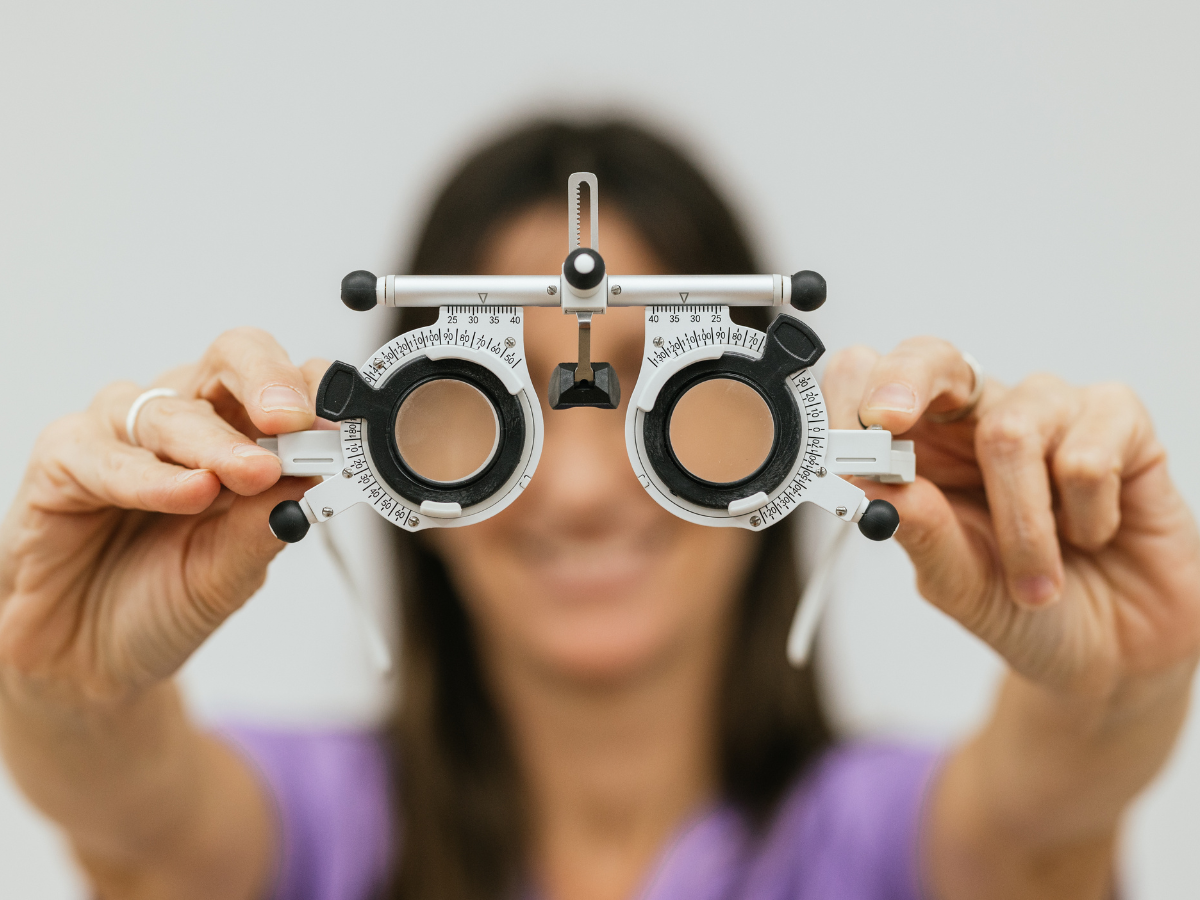
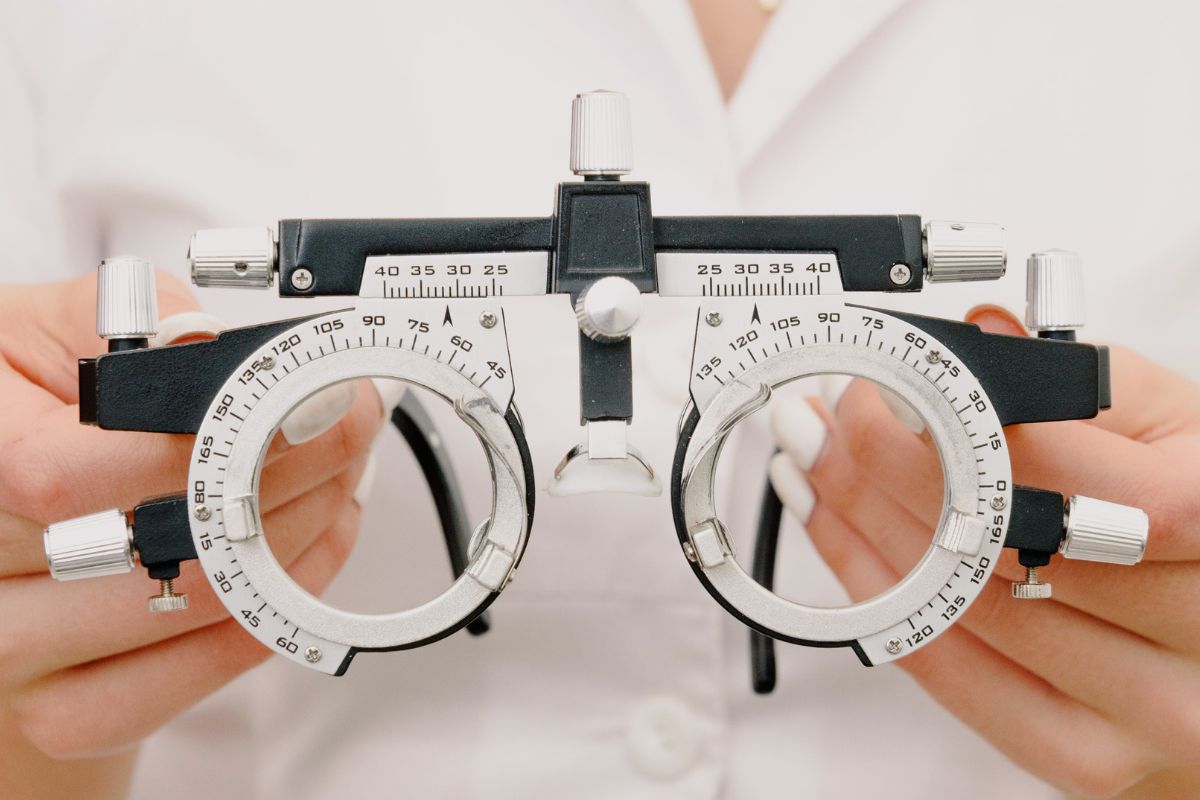
Finding an optometrist Los Angeles CA patients can rely on is about more than booking an eye exam—it’s about selecting a provider who integrates business technology, patient care, and innovation. In one of the most competitive healthcare markets in the country, optometry practices in Los Angeles are leveraging advanced tools and digital solutions to improve patient experiences and outcomes.
Like many industries, optometry is undergoing a digital transformation. From electronic health records (EHRs) to cloud-based scheduling platforms, business technology is reshaping how clinics operate. For patients, this means faster check-ins, more accurate diagnoses, and seamless communication with providers. For clinics, it enhances efficiency, reduces administrative costs, and allows more focus on patient care.
In Los Angeles, where residents expect cutting-edge healthcare, technology adoption is essential for optometrists to remain competitive. Practices that invest in advanced diagnostic equipment—such as optical coherence tomography (OCT) or retinal imaging—provide higher-quality care by detecting conditions like glaucoma and macular degeneration earlier. This proactive approach isn’t just medically beneficial; it’s also a smart business move that builds long-term trust with patients.
When selecting an optometrist, patients should consider both clinical expertise and the business technology supporting the practice. Some features to look for include:
Los Angeles is home to a large, diverse population with varying eye care needs. To stand out, optometry practices must merge clinical excellence with business-savvy strategies. This includes offering personalized care plans, transparent pricing, and customer service enhanced by technology. In a competitive healthcare market, practices that blend innovation with accessibility are more likely to thrive.
One example of this modern approach is Eye Geeks. Their practice combines clinical expertise with a focus on technology-driven patient care. By using advanced diagnostic tools and maintaining a streamlined digital experience, Eye Geeks ensures patients enjoy both accurate treatment and convenience. Their commitment to innovation demonstrates how optometrists in Los Angeles can meet high patient expectations while maintaining operational efficiency.
Optometry is not only about treating existing conditions but also about leveraging research to improve preventative care. Studies on screen time and digital eye strain, for example, influence how practices design treatment plans for professionals in tech-heavy industries. Data-driven insights also help clinics recommend the best lenses, coatings, and therapies for each individual. By integrating research into daily operations, practices demonstrate both medical credibility and business foresight.
Managing patient data securely is another area where technology and business intersect. In Los Angeles, compliance with HIPAA and California privacy laws is non-negotiable. Practices that adopt encrypted cloud systems and cybersecurity measures not only protect patient information but also build trust. From a business perspective, this proactive risk management reduces liability and ensures sustainable operations.
For patients, these technological advancements translate into tangible benefits:
Looking ahead, optometry in Los Angeles will continue to evolve with technology. Artificial intelligence (AI) is being explored for early disease detection, while wearable tech may revolutionize how patients monitor vision in real time. Practices that stay at the forefront of these innovations will not only deliver better care but also strengthen their market position in a highly competitive city.
Choosing an optometrist in Los Angeles, CA is about more than convenience—it’s about selecting a provider who blends medical expertise with business technology. As patients demand higher standards of care, practices like Eye Geeks stand out by offering innovation, efficiency, and a patient-first approach. In a city that thrives on progress, the future of eye care lies in the balance between clinical excellence and technological advancement.

